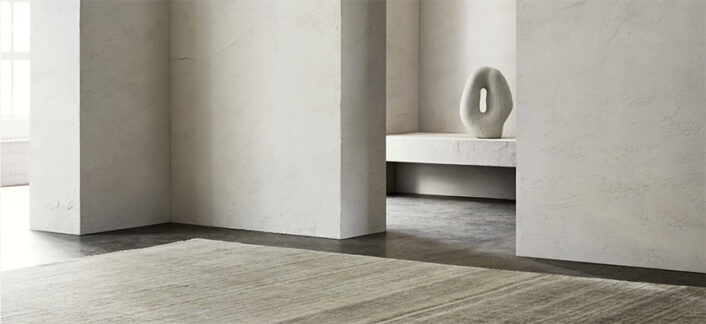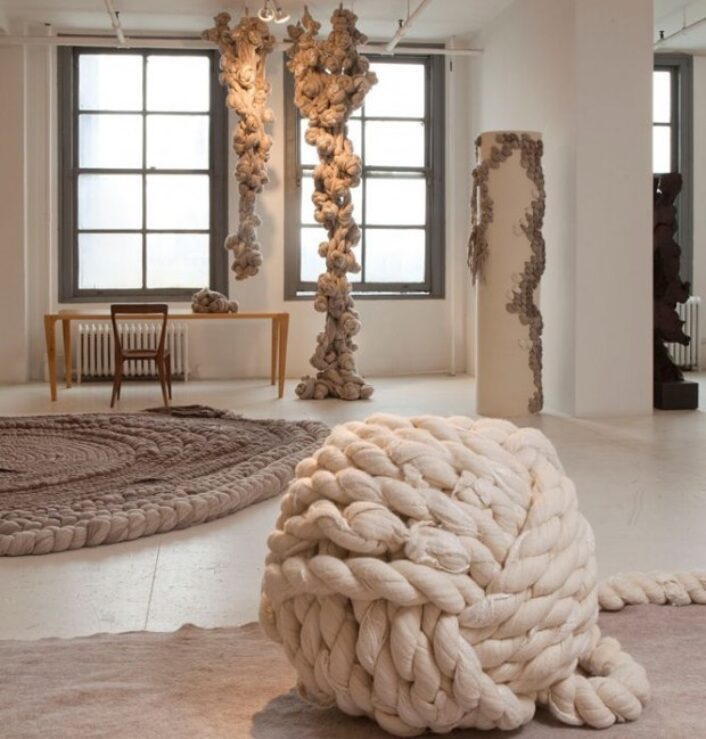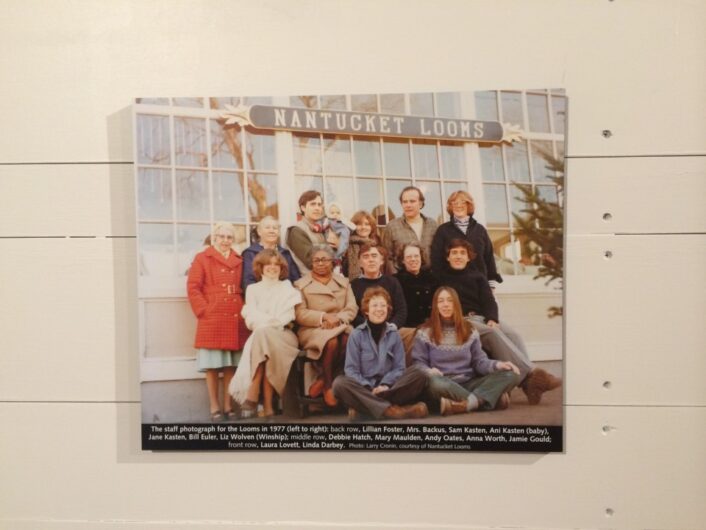Design
Beni Rugs and Athena Calderone collaboration

Calderone in a Mallorca villa with a rug from “Broken Symmetry” displayed.
Image courtesy of: Vogue, photographed by: Simon Watson
“Broken Symmetry” is a beautiful collaboration between Beni Rugs and Athena Calderone that debuted last year. The collection is an amalgamation of twelve rugs made in a high-pile style with warm, fun-faded tones. Each rug is handmade on a vertical loom by Morocco’s Berber women.
The partnership has been in the works for a while; Calderone says it is indeed a full-circle moment that began during a 2005 visit to Marrakech. The pieces she came across during that visit were on par with the designer’s usual neutral palette. Years later, when searching for a rug for her Long Island home, it was Beni Rug’s Instagram posts that instantly caught her eye.
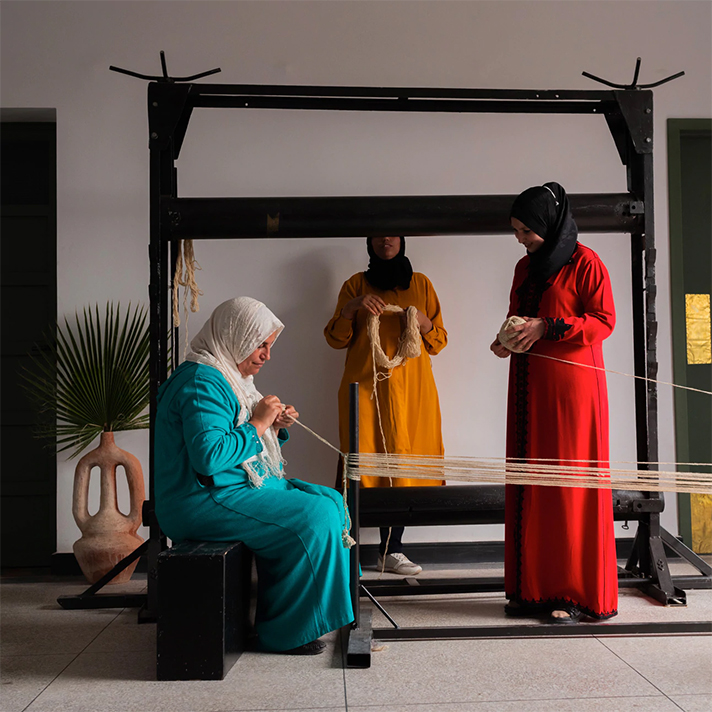
Berber women are part of an indigenous group from Northern Africa; they have beautifully maintained their traditional crafts.
Image courtesy of: Beni Rugs, photography Grant Legan
In order to understand the organic partnership, it is important to look back upon the two individual parties. Beni Rugs was founded four years ago by Robert Wright and Tiberio Lobo-Navia; the company creates entirely handwoven Moroccan rugs crafted from the highest quality materials. Rugs are made-to-order and customizable according to size, color, and design.
The 8,000-square-foot studio is housed in a repurposed awning factory in Tameslouht. Inside, a team of amazing Berber women work on one of fifty looms. However prior to weaving, a long process ensues… the wool is bundled and washed; then the wool is spun and turned into threads. Finally, the wool is dyed and dried before it is returned to the studio to be woven. It can take up to a month for a team of two women to weave a rug… they remain with the same rug from start to finish.
The studio is twenty minutes from Marrakech; it is on the “Route to Amizmiz,” an up-and-coming design area. Unique to Beni Rugs is that they modernized the traditional way of shopping for handcrafted Moroccan rugs. Inside, carpets are displayed on modular rack systems; also viewable is the large selection of yarn and color swatches that are used for customization. In line with the modern feel, an Italian-style café with a vintage 1950’s Marzocco espresso machine awaits those craving a delicious espresso. The gardens outside were designed by the esteemed Marrakech-based designer Valentin Green. To complete the experience, the 150-year-old olive tree that was planted at the center of an open-air courtyard provides a sense of calm.
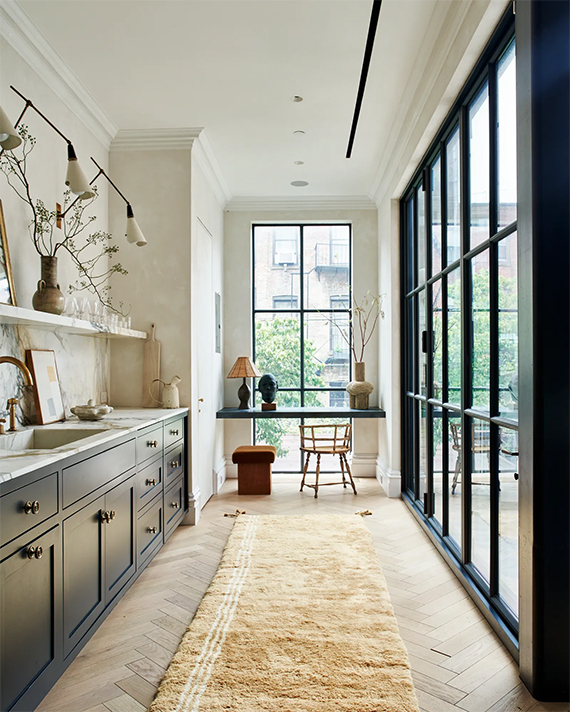
A beautiful runner with a slight geometric design.
Image courtesy of: Vogue, photographed by: Adrian Gaut
Calderone is known as a lifestyle guru and domestic goddess. Her lifestyle website, EyeSwoon, has an enormous number of subscribers who adore the beautiful content she puts out. Calderone’s segue to design began in 2011 when she documented the renovation and design of her homes in Brooklyn and Amagansett.
The self-described “perfectionist who is drawn to imperfection,” Calderone’s experiments with interiors and her results climax in sophisticated contrasts. In such, her collaboration with Beni Rugs was a gateway into textiles. Perhaps it is because for Calderone… a rug is not just a rug. She says (courtesy of Anna Buckman for TZR), ““I would say that a rug contains and holds so much emotion, memories, comfort, and of course is the grounding element that beautiful design is built upon.”
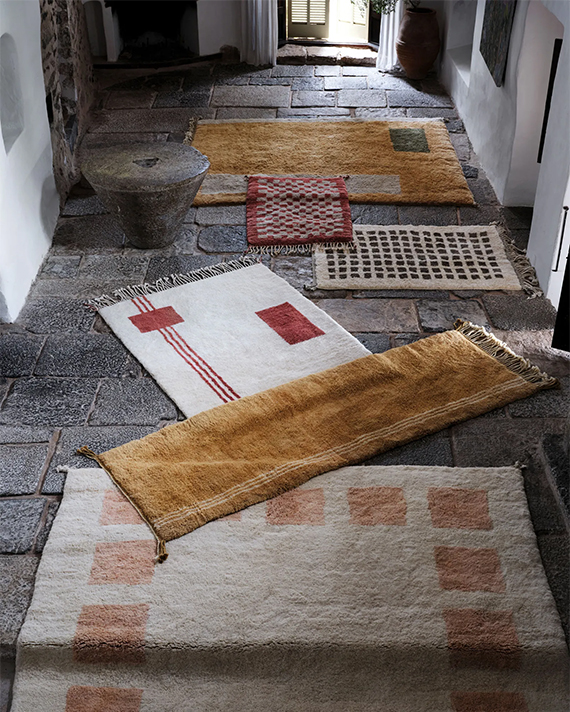
The collection debuted six months ago.
Image courtesy of: Architectural Digest, photographed by: Simon Watson
When designing the collection, Calderone was inspired by Agnes Martin’s painting’s irregular patterns and Luis Barragan’s, the Mexican architect, “emotional architecture.” The designer’s line of geometric designs explores “the idea of having a rhythm and harmony and then breaking it.” The collection’s title of “Broken Symmetry” is completely fitting.
The collection was over a year in the making, “a celebration of the beauty of imperfection, of the handmade, of the natural,” Wright said. Calderone continued, “I cannot begin to express how much I loved this process — from early conception and research of art and architecture, to distilling the broken and imperfect geometric patterns, selecting and pairing the sun-faded hues that would identify the collection.”
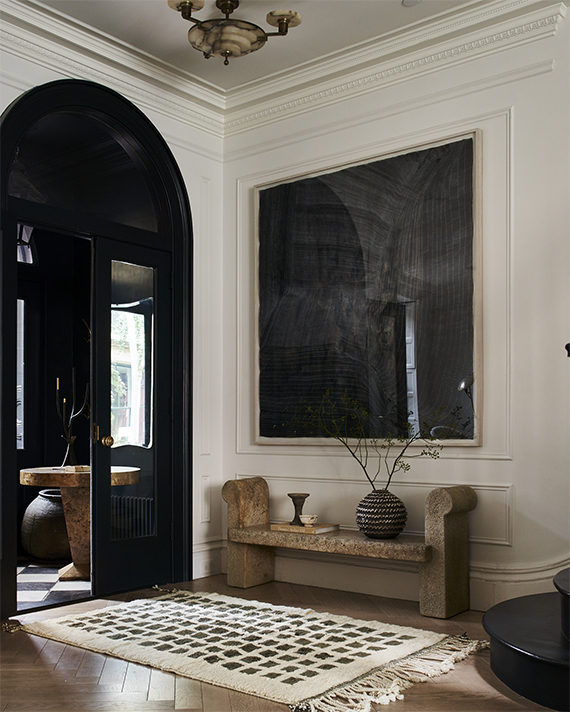
One of the twelve designs, the rug appears completely at home in a photograph from Calderone’s lovely site.
Image courtesy of: Eye-Swoon
Both Beni Rugs and Calderone say that the “process” was the project’s highlight. During the year-long endeavor, Calderone says that she often felt like Alice in Wonderland going down the rabbit hole. One rug has, for example, three parallel lines on one side and no lines on the other side. Another rug has three rectangles of different sizes imparting on one another. Where symmetry might be expected, it is not found.
As with hand-made items, slight variations and irregularities are compellingly sought-after. Wright credits this fact to the reason the undertaking turned out so magically. Calderone says it best, “Everything was pointing to this idea of imperfection and the touch of the hand and not being perfect and symmetrical. It felt synergistic and authentic.”
